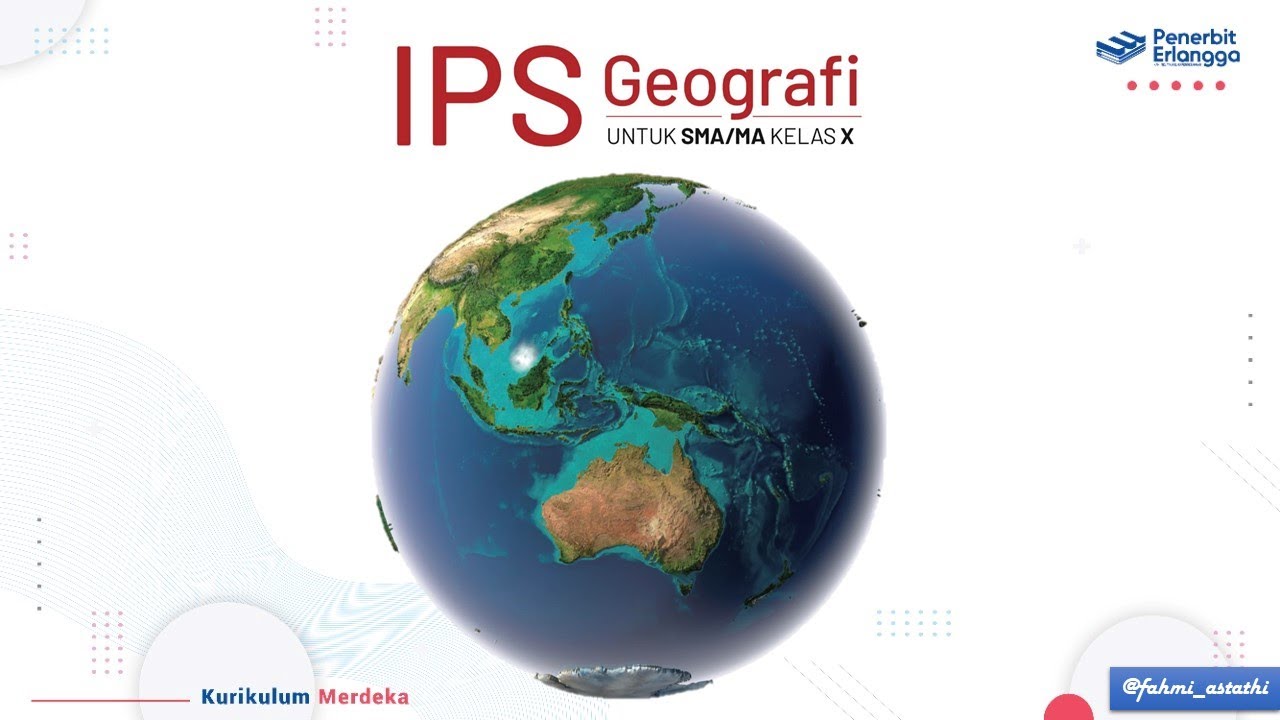G.I.S (Geographic Information Systems)- Concepts, Components, Advantages + Past Paper | Grade 10-12.
Summary
TLDRIn this educational video from Buddy's Academy, Buddy provides an insightful overview of Geographic Information Systems (GIS), breaking down key concepts crucial for exam preparation. The video covers GIS's definition, its four components (software, hardware, data, user), and the advantages of GIS over traditional paper maps. It explains important GIS terms such as remote sensing, spatial data, data integration, and buffering, alongside their practical applications. The session concludes with practice questions to help students grasp these concepts. Ideal for anyone looking to understand GIS fundamentals and ace related exams.
Takeaways
- 😀 GIS stands for Geographic Information System, a system for gathering, storing, analyzing, and displaying spatial and geographic data.
- 😀 Four key components of GIS: Software, Hardware, Data, and Users.
- 😀 GIS software refers to the computer programs used to store, analyze, and display geographic information.
- 😀 GIS hardware includes physical devices such as computers, printers, GPS devices, and scanners that are necessary for capturing and processing geographic data.
- 😀 Data in GIS refers to observations collected from monitoring the real world, including field surveys, remote sensing, and existing databases.
- 😀 The user of GIS is anyone who uses GIS systems, such as town planners and meteorologists, to interpret and manipulate geographic data.
- 😀 GIS is more efficient and durable than traditional paper maps, as it can handle large amounts of data and provide faster analysis.
- 😀 Remote sensing involves capturing data about the Earth's surface from a distance, often using satellites or aircraft equipped with sensors.
- 😀 A GIS database is a structured collection of data that stores spatial and attribute data, enabling efficient querying and analysis.
- 😀 Data integration in GIS involves combining different types of data on a single map, allowing for comprehensive analysis.
- 😀 Buffering in GIS refers to creating a line around a spatial feature to demarcate an area of interest for further analysis.
Q & A
What is the accepted definition of GIS?
-GIS (Geographic Information System) is a system for gathering, storing, analyzing, and displaying spatial and geographic data. The key actions in GIS are gathering, storing, analyzing, and displaying data.
What are the four main components of GIS?
-The four main components of GIS are: 1) Software - computer programs for managing geographic data, 2) Hardware - physical devices used to collect and process data, 3) Data - real-world observations, 4) User - individuals who interact with GIS systems, such as town planners or environmental scientists.
Why is GIS preferred over traditional paper maps?
-GIS is preferred because it is faster and more efficient, requires less time and money to use, is more durable than paper maps, and can handle large amounts of data.
What is remote sensing in GIS?
-Remote sensing is the process of collecting data about the Earth's surface from a distance, typically using satellites or aircraft equipped with sensors, without direct contact with the target area.
What is the difference between spatial data and attribute data?
-Spatial data refers to information about the physical location, shape, and relationships of geographic features, often represented as points, lines, or polygons. Attribute data, on the other hand, describes characteristics of spatial features, such as names or types.
What is data integration in GIS?
-Data integration in GIS involves combining different types of data (e.g., spatial and attribute data) on a single map to provide a comprehensive analysis and visualization of geographic information.
What is buffering in GIS?
-Buffering in GIS refers to creating a boundary or line around a spatial feature, which is used to demarcate an area for further analysis, such as determining the impact zone around a road or river.
How does data manipulation help in GIS?
-Data manipulation in GIS involves modifying or transforming data to make it more suitable for analysis. This can include tasks like editing spatial data, cleaning data, converting data formats, and combining datasets for better analysis.
Who are some common users of GIS?
-Common users of GIS include urban and town planners, environmental scientists, meteorologists, and conservationists, all of whom use GIS for tasks like designing infrastructure, managing natural resources, and monitoring environmental changes.
What is the importance of resolution in GIS?
-Resolution in GIS refers to the degree of clarity or detail in an image or dataset. Higher resolution images or data provide more detailed and accurate information, which is essential for precise analysis and decision-making.
Outlines

This section is available to paid users only. Please upgrade to access this part.
Upgrade NowMindmap

This section is available to paid users only. Please upgrade to access this part.
Upgrade NowKeywords

This section is available to paid users only. Please upgrade to access this part.
Upgrade NowHighlights

This section is available to paid users only. Please upgrade to access this part.
Upgrade NowTranscripts

This section is available to paid users only. Please upgrade to access this part.
Upgrade NowBrowse More Related Video
5.0 / 5 (0 votes)





